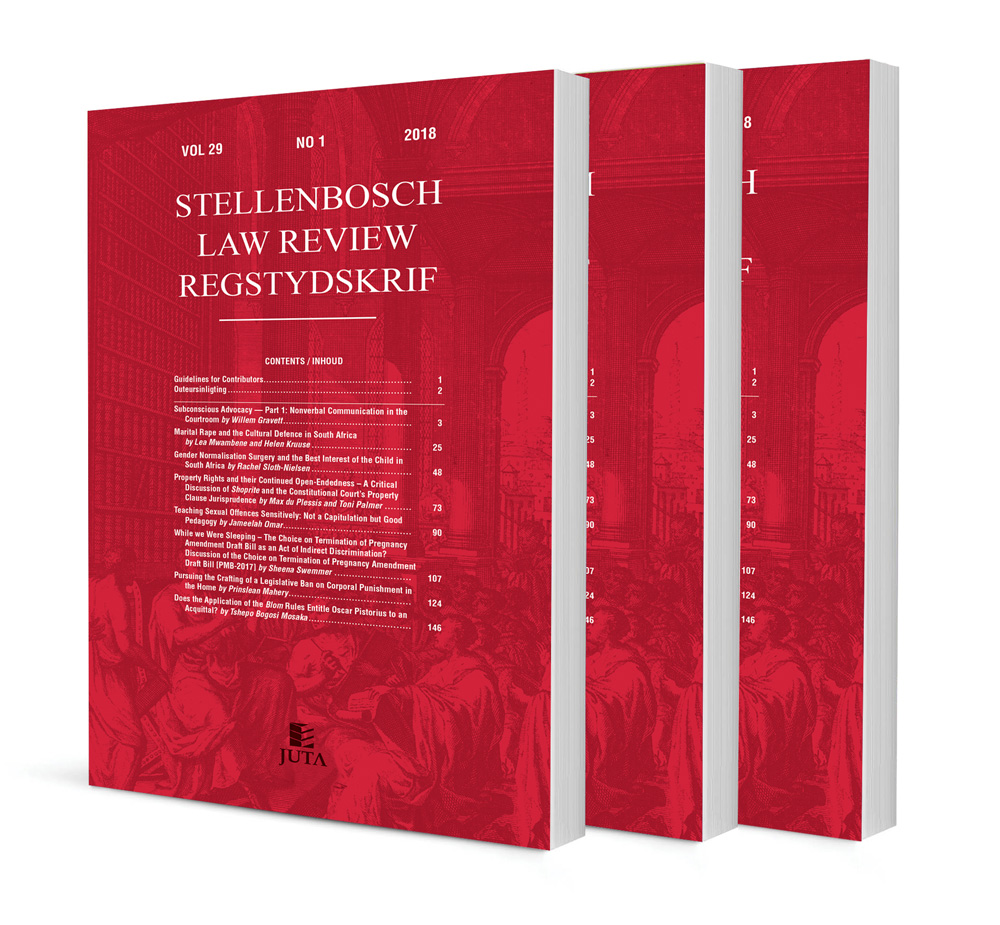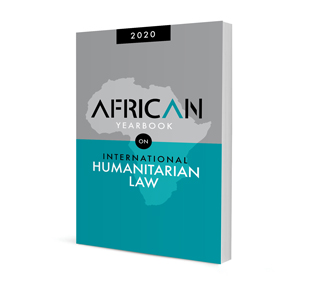The Role of the Judiciary in Foreign Affairs To Be Duly Recognised, with Special Reference to the Supreme Court of the USA

The Role of the Judiciary in Foreign Affairs To Be Duly Recognised, with Special Reference to the Supreme Court of the USA
Author: Riaan Eksteen
ISSN: 1996-2193
Affiliations: BA BA (Hon) MA PhD; Senior Research Associate at the Department of Politics and International Relations, University of Johannesburg
Source: Stellenbosch Law Review, Volume 32 Issue 2, 2021, p. 330 – 361
https://doi.org/10.47348/SLR/2021/i2a8
Abstract
The judiciary’s influence on foreign affairs has been neglected for too long as the focus has been confined to the role of the two political branches – thus, a state-centrism orientation. Studies on foreign affairs confirm this omission. Hence, the question: what is the role of the judiciary in foreign affairs and what precisely is its influence? Consequential decisions by the Supreme Court of the United States (“SCOTUS”) underscore the extent of the court’s engagement with foreign policy-related issues. While the political branches of government most directly determine foreign-policy outcomes, the contribution of the court by way of its relevance and influence is no less significant. Its impact is incontrovertible. The executive can no longer assume that its actions in foreign affairs will not be scrutinised and evaluated constitutionally. Presidential decisions often stem from overreach, especially in matters with implications for foreign affairs. Over the years, it has become increasingly apparent that the President is not immune from rebuke. SCOTUS is the only constitutional interpreter and consequently a vital compass. The result is that the executive has to bend to the judiciary. The latter will not accommodate the former when its judicial mandate is to interpret the Constitution in order to make clear what the executive has decreed, however unpalatable that may be to the executive. The response by SCOTUS is no longer confined to single, isolated cases; it has become widespread. The court no longer shies away from displaying judicial power when it is faced with cases dealing with foreign affairs. What SCOTUS has declared unequivocally is that when the political branches are allowed to switch the Constitution on or off at will, this will lead to a regime in which the executive, and not SCOTUS, says what the law is. This article concludes that the recognition of this role of SCOTUS in foreign affairs is long overdue.


